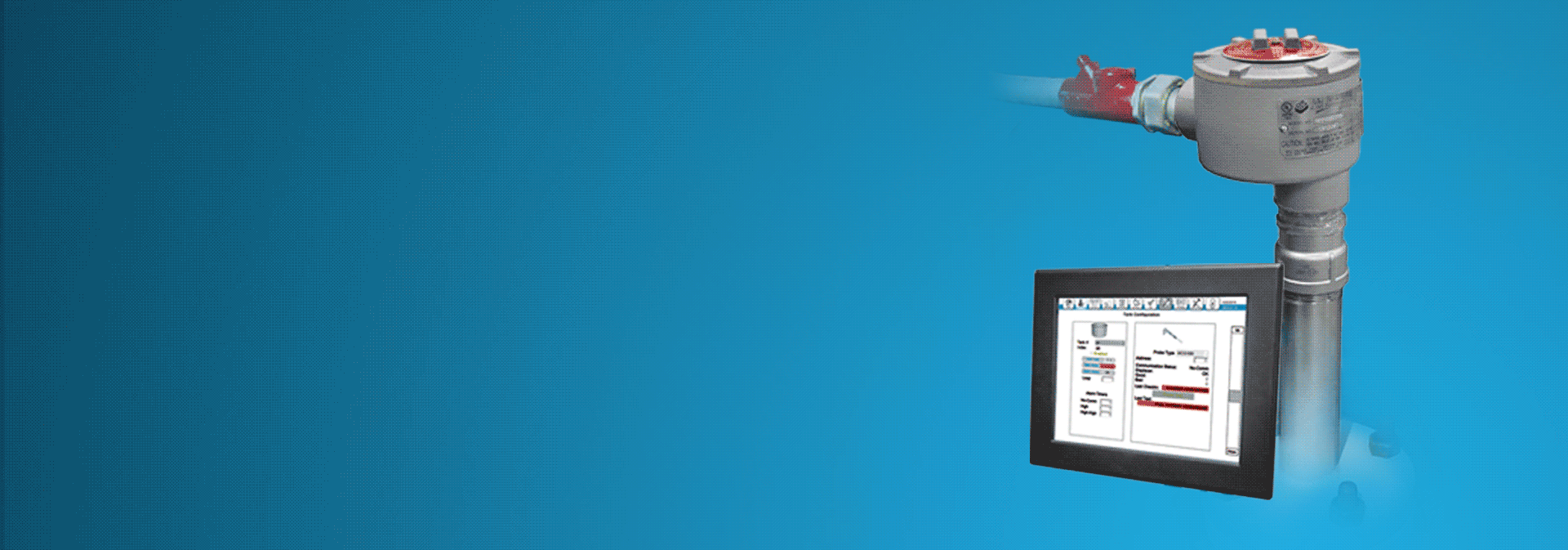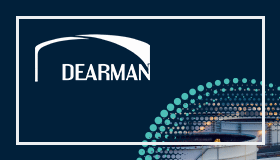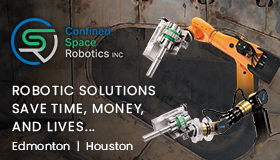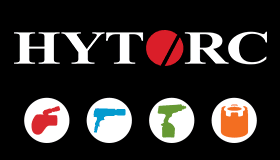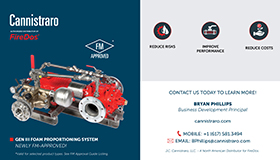With railroads placing more focus on combating climate change, an increasing number of projects are underway to develop alternatives to diesel-electric freight locomotives.
Making the most progress to date is Wabtec’s battery-electric project, which aims to turn conventional locomotives into part of a hybrid by pairing diesels with all-battery units. After testing a demonstrator of the FLXdrive concept earlier this year, the company is moving to production of a second-generation version, with Australian mining company Roy Hill and Canadian National each placing an order. Reflecting funding from the state of Pennsylvania, the CN locomotive is slated to work on subsidiary Bessemer & Lake Erie.

The FLXdrive test on BNSF Railway in California earlier this year was funded by a $22.6 million grant from two California environmental agencies. It covered more than 13,000 miles and reduced fuel consumption and emissions by 11 percent, which Wabtec CEO Rafael Santana called “a game-changer in decarbonizing rail.”
The demonstrator had 2.4 megawatts of power; the production version will have a battery capacity of more than 6 megawatts and will reduce fuel use and emissions by 30 percent, the company said.
The Wabtec project is the first of the recent spate of alternative-power locomotives to reach the production phase, but it is far from the only such project. Among others, Progress Rail’s Joule battery-electric will be testing soon on Southern California’s Pacific Harbor Line, and Canadian Pacific has said it will have its first hydrogen fuel-cell locomotive before the end of the year. Additionally, in December, BNSF reached agreement to test a hydrogen fuel-cell locomotive to be built by Progress Rail in a partnership that also includes Chevron, which will develop the fueling facilities.
BNSF’s interest in exploring another form of alternative power reflects continuing limitations with battery-electric technology, as John Lovenburg, the railroad’s vice president, environmental, told an industry conference last November.
“If you can get from 2.4 up into the roughly 10-megawatt range, you’re in a place where you could use it for regional operations,” Lovenburg told a group at the American Short Line and Regional Railroad Association convention. “Long-term for line haul, the technology is not there. We are going to have to have a breakthrough in energy storage. We are going to need 20, 30, 40 megawatts of energy for line haul.”
The Canadian Pacific project is bringing together existing technology to convert a diesel-electric to hydrogen fuel-cell technology. CEO Keith Creel says the railroad’s desire is to “prove the concept,” and then share information with locomotive manufacturers and see if they are interested in building production versions. The program, which originally planned to build just one demonstrator, will now produce three, thanks to a $15 million grant from an Alberta environmental agency.
For more information visit www.wabteccorp.com




